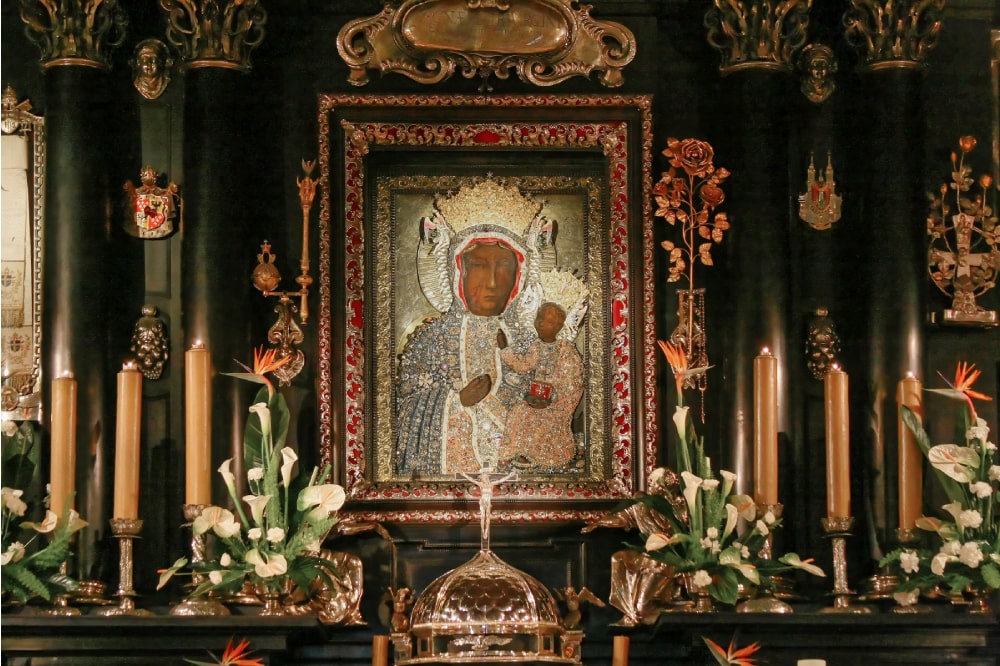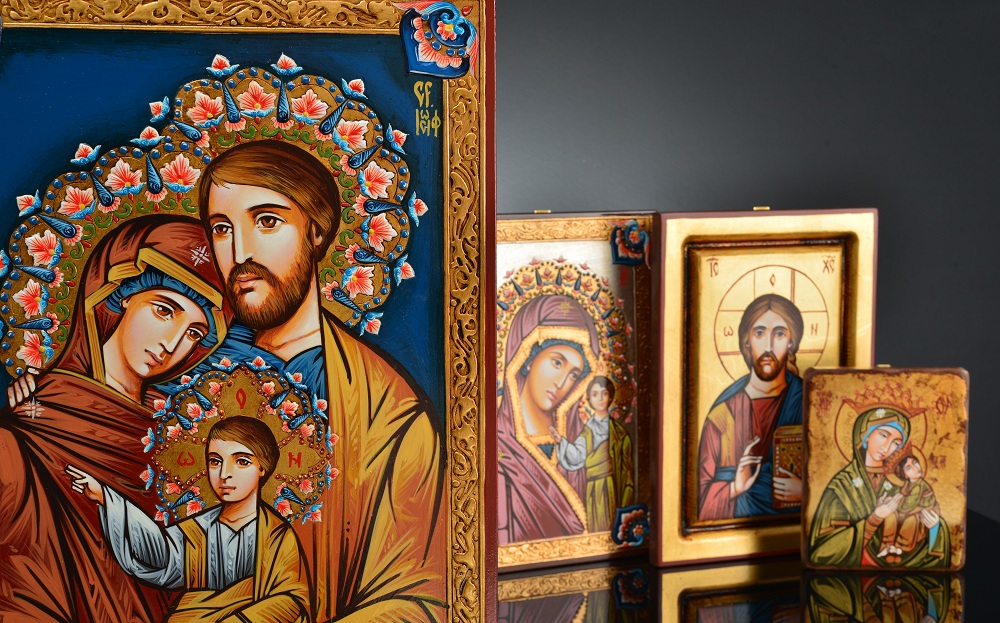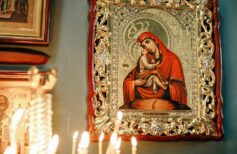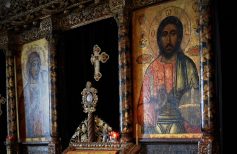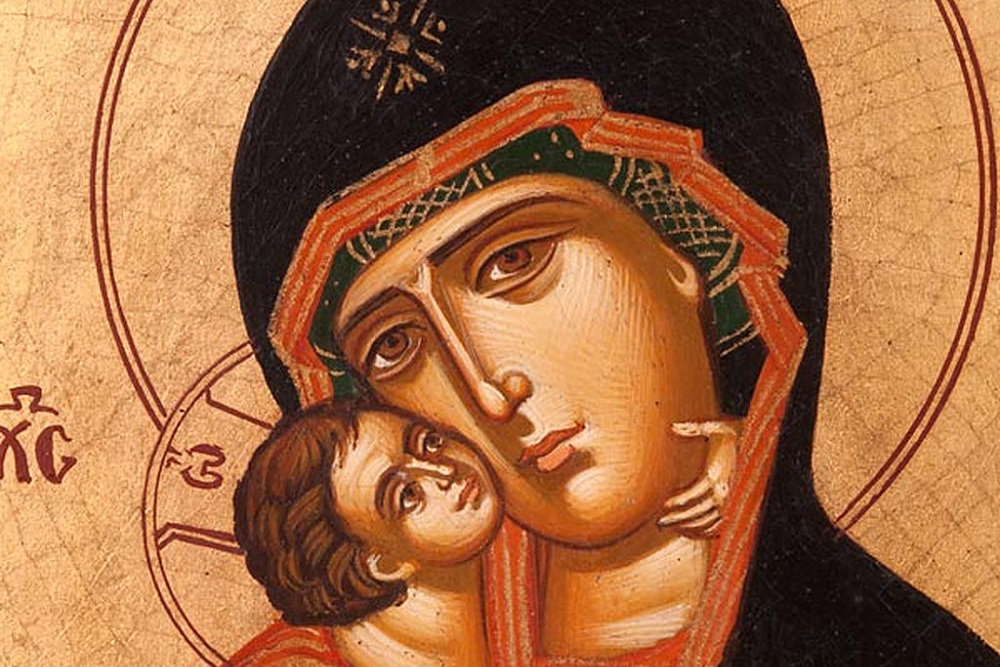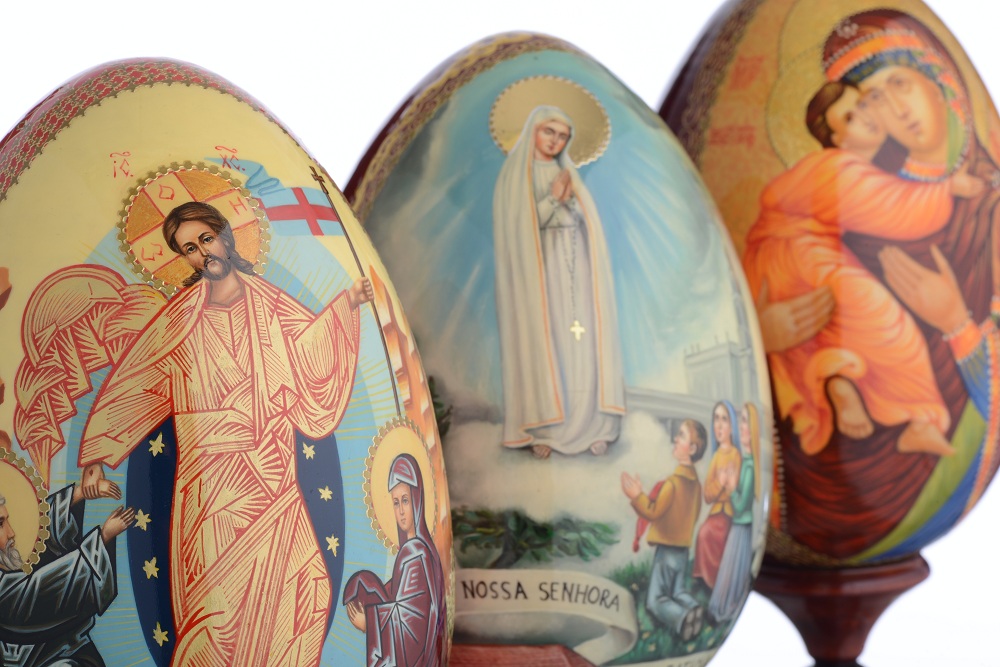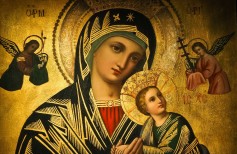Among sacred icons, that of the Black Virgin of Czestochowa is one of the most emblematic and fascinating. Here is her story
Russian icons possess a fascination that transcends centuries, an allure so rich in exoticism and spirituality that they are still one of the highest forms of religious expression in any place and time. Originating together with the Russian Orthodox Church, shortly before the year 1000, they sink their religious symbolism into a mixture of sacred and profane Eastern traditions, which for a long time have not been contaminated by Western sacred iconography in perpetual evolution through the centuries.
Suffice it to say that the icon of the Black Virgin of Czestochowa, like many other Russian icons with Mary, the mother of Jesus, as their subject, is attributed to the Evangelist Luke. Indeed, tradition has it that St. Luke, a skilled painter, portrayed the Virgin, as well as the apostles Peter and Paul, and was the founder of the Christian iconographic and artistic tradition in the West and East. Many Byzantine icons have been attributed to him, others traceable to his models. This attribution to Luke of the role of portrayer of sacred characters would have stemmed from his ability to render most accurately the characters in his Gospel, describing them with minuteness and realism. The Black Virgin of Częstochowa, a very ancient depiction of the Virgin Mary, would be among St. Luke’s original paintings.
Like many of the Black Madonnas depicted in Byzantine icons or carved from cedar wood from Lebanon in the typical style of Eastern statues of the year 1000, the Black Virgin of Czestochowa also looks strange to us Westerners with her dark, elongated face and elaborate crown encrusted with gold and gems. Studies carried out over time on the icon have placed its creation between the 6th and 9th centuries AD. It belongs to the category of Byzantine icons known as “Odigitria,” She who points and guides along the way. It depicts the bust of the Virgin with the Child Jesus in her arms, both with dark faces surrounded by haloes, adorned with the opulence typical of Byzantine icons.
Mary’s right hand points to the Child and on her forehead is drawn a six-pointed star, which for Christianity symbolizes the six days of Creation or even the struggle between God and the devil. The Virgin’s right cheek and neck bear the marks of the slashes inflicted with the saber by the heretical Hussites, who attacked and looted the shrine in 1430. The blows they inflicted caused the icon to bleed miraculously. As with most Russian icons, the Black Virgin of Czestochowa falls into the category of grieving Madonnas. She appears sad, and at the same time enveloped in a halo of wisdom and spiritual strength, as she shows her blessed Son to the world.
The Sanctuary of Czestochowa
Also known as the Black Madonna of Czestochowa, in 1382 she arrived amid various vicissitudes at the Częstochowa Sanctuary in Jasna Góra (Clear Mountain), today one of the most important centers of Catholic worship in Poland. Since its founding, and even more so since the icon of the Black Virgin was brought here, the shrine has been the heart of great devotion. Even Polish kings made pilgrimages there to venerate the Black Madonna. The Hungarian order of the Paulines, monks born around the figure of St. Paul the first hermit, have always been guardians of the sanctuary.
The Walking Pilgrimage to the Częstochowa Sanctuary takes place every year in the summer months, especially around mid-August. On several days pilgrims travel hundreds of kilometers to reach the place of worship from all parts of Poland. The longest journey measures 600 kilometers! Even the young Karol Wojtyła, later Pope John Paul II, tackled it in 1936.
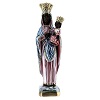
Prayer to Our Lady of Czestochowa
The feast of the Blessed Virgin Mary of Czestochowa is celebrated on August 26. The feast was established in 1931 by Pope Pius X, and in 1935 the liturgical texts for the celebration were approved. The Black Virgin of Częstochowa protects Poland from foreign attacks and symbolizes resistance against invaders. Here is one of the prayers dedicated to her:
O Chiaromontana Mother of the Church,
With the choirs of angels and our patron saints,
we humbly prostrate ourselves before Thy throne.
For centuries You have shone with miracles and graces here at
Jasna Góra, seat of Your infinite mercy.
Look upon our hearts that present You the homage
Of veneration and love.
Awaken within us the desire for holiness;
form us true apostles of faith;
strengthen our love for the Church.
Obtain for us this grace that we so long for: (expound grace)
O Mother of the scarred face,
Into Thy hands I place myself and all my loved ones.
In You I trust, confident in Your intercession with Your Son,
to the glory of the Most Holy Trinity.
(3 Hail Marys).
Under Thy protection we take refuge,
O Holy Mother of God: look upon us who are in need.
Our Lady of the Bright Mountain, pray for us.

